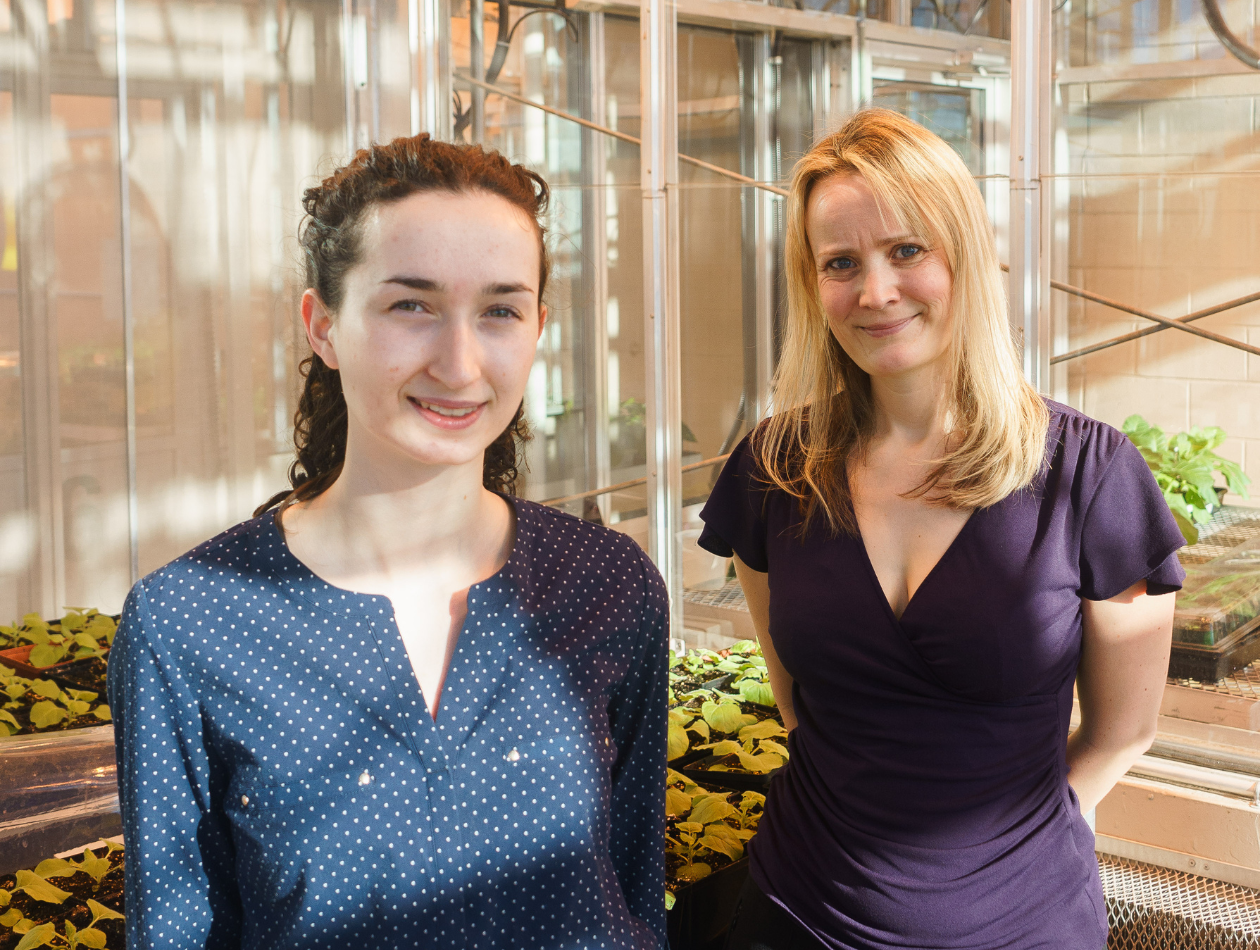The ability to create efficient artificial enzymes on demand would open the door to a wide range of chemical and biotechnological applications and is thus highly desired. A key objective of Professor Roberto Chica’s research is to develop robust computational enzyme design algorithms to create highly active artificial biocatalysts for valuable chemical reactions. Although other groups had previously been successful in designing artificial enzymes, these exhibited low catalytic efficiencies, requiring optimization by directed evolution to improve activity. In a recent collaboration with Professor J. Fraser (University of California San Francisco), Prof. Chica and his group studied how directed evolution improved catalytic efficiency in a family of artificial enzymes. They then used this information to design an artificial biocatalyst with a catalytic efficiency equivalent to that of natural enzymes.

In collaboration with Prof. Fraser, Prof. Chica used room-temperature X-ray crystallography to study structural changes along the evolutionary trajectory of the artificial enzyme HG3. He observed that during evolution, certain elements of the enzyme’s active site changed to improve catalytic efficiency, such as a rigidification of catalytic residues, better pre-organization of the active site and widening of the active site entrance. Based on these observations, Prof. Chica and his group engineered HG4, an efficient artificial biocatalyst containing key mutations identified during the evolution experiments, which is 700-fold more active than its predecessor HG3. HG4 structures revealed that its active site was already pre-organized and rigidified for efficient catalysis, unlike that of HG3. Prof. Chica’s results showed how directed evolution enhanced catalytic efficiency by shifting conformational ensembles to favor productive enzyme sub-states.
Using the information gained through X-ray crystallographic analysis of the HG3 evolutionary trajectory, Prof. Chica’s group developed a superior computational enzyme design methodology. Their method incorporates ensemble modeling of structural data to allow the sampling of catalytically efficient enzyme sub-states during the design procedure. This ensemble-based enzyme design procedure was used to accurately predict the structure of HG4, which represents a major step forward for the field of computational enzyme design as it demonstrates that highly active biocatalysts can be designed without laborious directed evolution, which was hitherto deemed impossible. Prof. Chica and his team published their exciting achievement in the prestigious journal Nature Communications. The article was recommended as being of special significance in its field by F1000 (top 1%) and was highlighted in Nature Catalysis.


